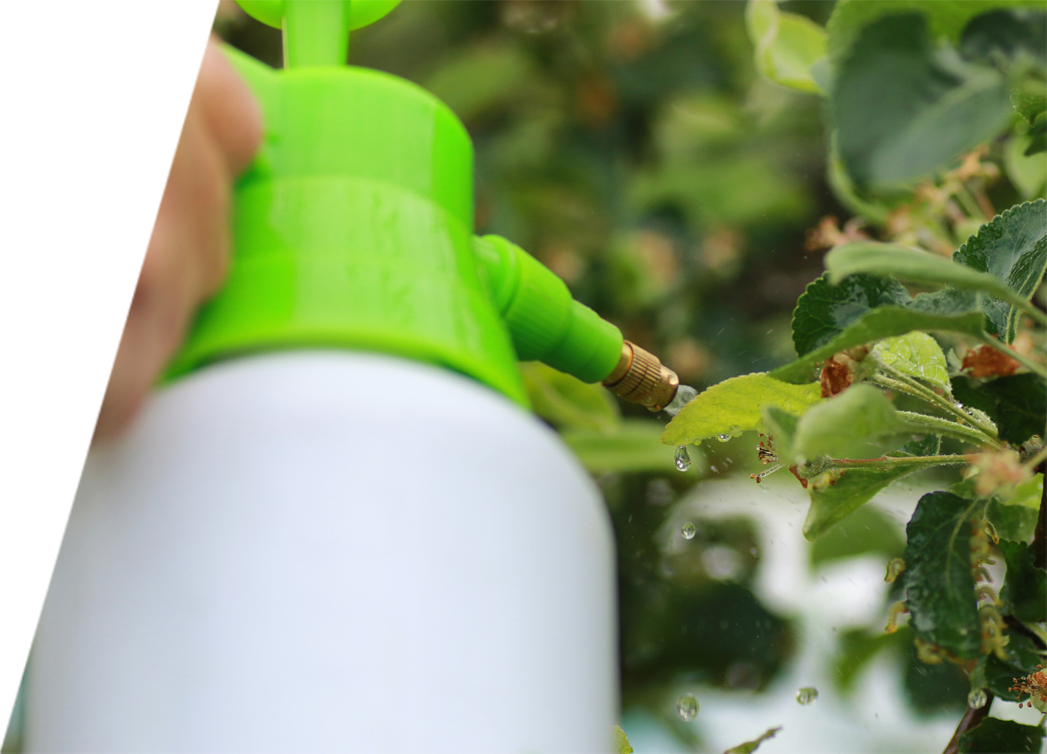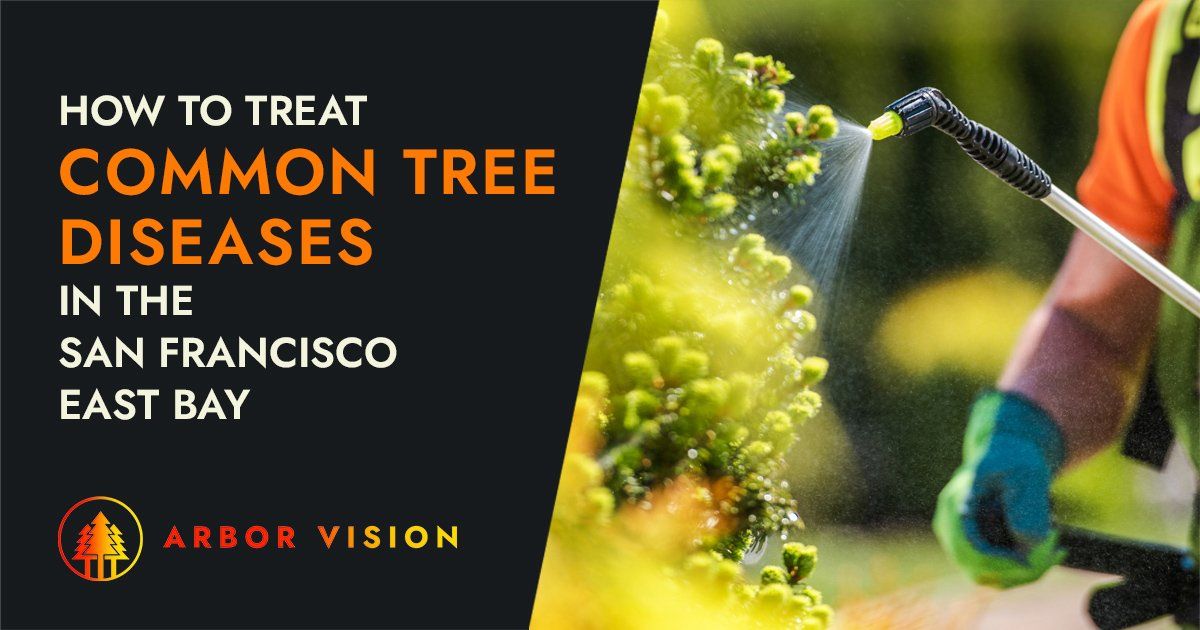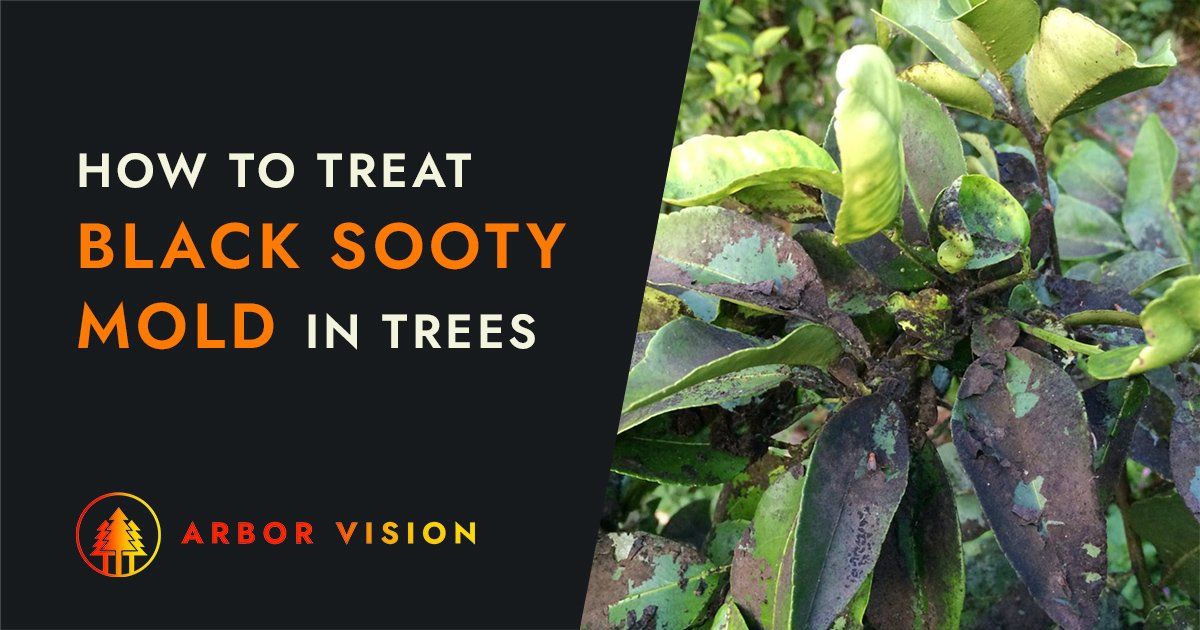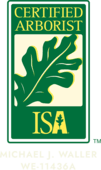Share this page:
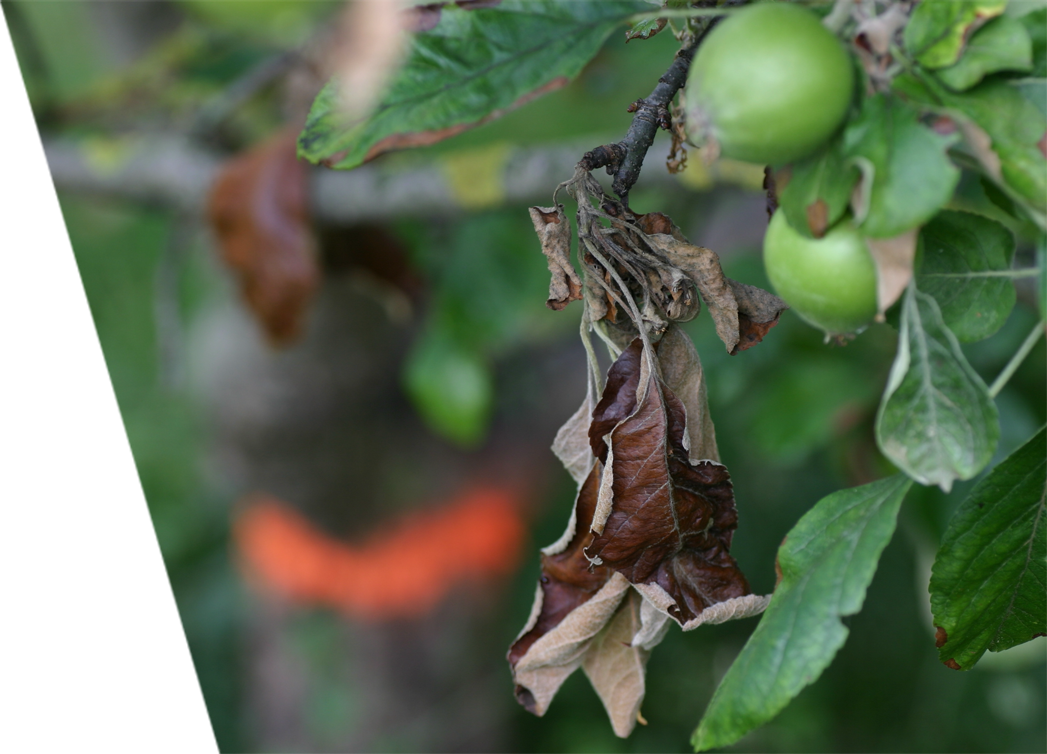
Fire blight can affect trees like apple trees, pear trees, and others - in this article, we will go over the various aspects of this disease, from identifying its symptoms to limiting the spread.
Fire Blight is a highly contagious bacterial disease that attacks several types of trees native to the East Bay. These tree infections first appeared in California in 1887. Fire blight was recognized as a severe disease in the early 19th and 20th centuries, particularly for pear trees.
Today everything from fruit trees to pines is vulnerable to the disease which discolors and wilts tree leaves and fruits. However, it gets its name from the distinct "burned" appearance on tree bark and parts of the leaves and stems. Because it is fast spreading, it is essential to recognize it in the early stages or, better yet, take measures to prevent it.
Here is everything you should know about identifying the disease and available
fire blight treatments.
What Types of Trees Are Susceptible to Fire Blight?
Fire blight disease is caused by Erwinia amylovera, a bacterium that affects many tree and shrub varieties, including:
- Cydonia (Quince)
- Eriobotrya (Loquat)
- Amelanchier (Serviceberry)
- Chaenomeles (Flowering Quince)
- Cotoneaster (Cotoneaster)
- Crataegus (Hawthorn)
- Eriobotrya (Loquat)
- Malus (Apple And Crabapple)
- Photinia (Photinia)
- Prunus (Flowering Almond, Plum, and Cherry)
- Pyracantha (Pyracantha)
- Pyrus (Pear)
- Rosa (Rose)
- Spirea (Spirea)
What Are the Symptoms of Fire Blight?
It would be best if you made the rounds of your property daily in the spring to look for the following fire blight symptoms:
- Small branch and trunk fire blight cankers
- Tan-colored discharge or "ooze"
- Water-soaked twigs with blighted bark
- Patches of dead bark
- Dark streaks on branches and the trunk
- Cracks in sunken areas
- Dead young twigs and branches with a deep rust color
- Branches forming a "shepherd's crook"
- Clinging dead leaves and fruit that are not discarded by the tree
- Shriveling blossoms and young fruit
- Blackening fruit for fire blight on apple trees and other fruit trees
How Is Fire Blight Transmitted?
In the spring, fire blight looks for places to penetrate the tree, such as flowers and wounds. It spreads through the tree quickly, starting with younger growth and making its way through the tree into older growth. As a result, younger trees are much more vulnerable to fire blight than well-established trees. In 1 to 2 weeks, your tree will appear "burned" by the disease.
Storms with heavy rain or hail can create wounds providing entry points for the disease. It also spreads from diseased trees to healthy plants by wind, rain, and shared pruning tools. Because it is hard to detect tree leaf diseases and fire blight in the early stages, if you do your pruning, it is essential to ensure you disinfect your tools to avoid spreading the disease to other parts of the tree or from tree to tree.
Also, fire blight "overwinters," meaning it lies dormant in trees in the winter and reappears in the spring with a distinct sap-like ooze. When this happens, insects are attracted to the discharge and spread it to other plants. The disease becomes more virulent in warmer, humid weather.
How Is Fire Blight Treated?
Tree treatments for fire blight include:
- Pruning infected branches during the spring and early summer months can be very effective tree treatment when started before the disease spreads. Look for where the damage ends, then prune about 8 inches from the infected area. Ensure you find the lower edge of the visible infection in the branch, and look for where it ends, then cut at the next branch juncture carefully to ensure you don't harm the collar of the branch. Refrain from pruning after rain or if the trees are wet from sprinklers. After pruning each branch, disinfect your tools with a 70 percent isopropyl alcohol or 10% bleach solution, so you don't spread the bacteria.
- Applications of Agrimycin at the beginning of blooming, every 3-4 days throughout the bloom period.
- Application of Kocide at the beginning of blooming once a week with re-application following rain.
- Scraping the infection from major limbs and the trunk, removing both the inner and outer bark down to the cambium layer and all discolored tissue outward by 6 to 8 inches in the winter months when the bacteria aren't active.
What are the Outcomes of Fire Blight Treatment?
Outcomes are positive when treatment is provided at the right time using the proper method. For example, pruning is very effective. However, the blight is not removed if you cut the branches too short. If you use a scraping method, you must remove the layer of the outer and inner bark and the tissues within about eight inches of the site to successfully save the tree. Chemical management only helps reduce the spread and does not eliminate the disease.
Can Fire Blight Be Prevented?
Yes, you can reduce the risk of fire blight on your property with the following preventative steps:
• Plant Fire Blight Tolerant Varieties
Avoid tree varieties more susceptible to fire blight and instead choose tolerant varieties such as:
- Pyracantha — Laland's firethorn
- Hawthorn — Washington hawthorn
- Pear — Kieffer, Moonglow, Orient, Seckel
- Apple — Enterprise, Freedom, Liberty, Prima, Priscilla, etc.
- Crabapple — Adams, Dolgo, Jewelberry, Liset, etc.
• Prune and Scrape Infections
Well-timed pruning and scraping will remove the infected branches and wood, preventing the disease from spreading.
• Chemical Control
Applying Agrimycin, Kocide, and Copper products several times as blossoms appear can reduce the risk of new infection but not remove the disease from infected branches.
You should also avoid using heavy nitrogen fertilization in the summer and splashing water that can spread the bacteria.
What is the "Disease Cycle" of fire blight?
The disease cycle is the development of the pathogen and how it infects the tree. Fire blight bacterium overwinters, and when spring arrives, it produces the oozing droplets that contain the bacteria. It is also spread to the blossoms, twigs, and branches via rain, insects, or contaminated pruning tools. Bacteria enter through natural openings and spread via the wood once set in. Spring and summer weather triggers the disease cycle, which becomes more virulent in rainy, warm, or humid weather.
How can I spot fire blight?
The cankers are usually too small to recognize in crabapple fire blight and other trees, but the ooze is a tell-tale sign.
What is the best way to avoid fire blight?
Regular
tree inspections, pruning services, and general care will reduce the risk of fire blight or manage it should it be present.
Learn More
Click
here for more information about treating fire blight and other common diseases.
Share this page:
